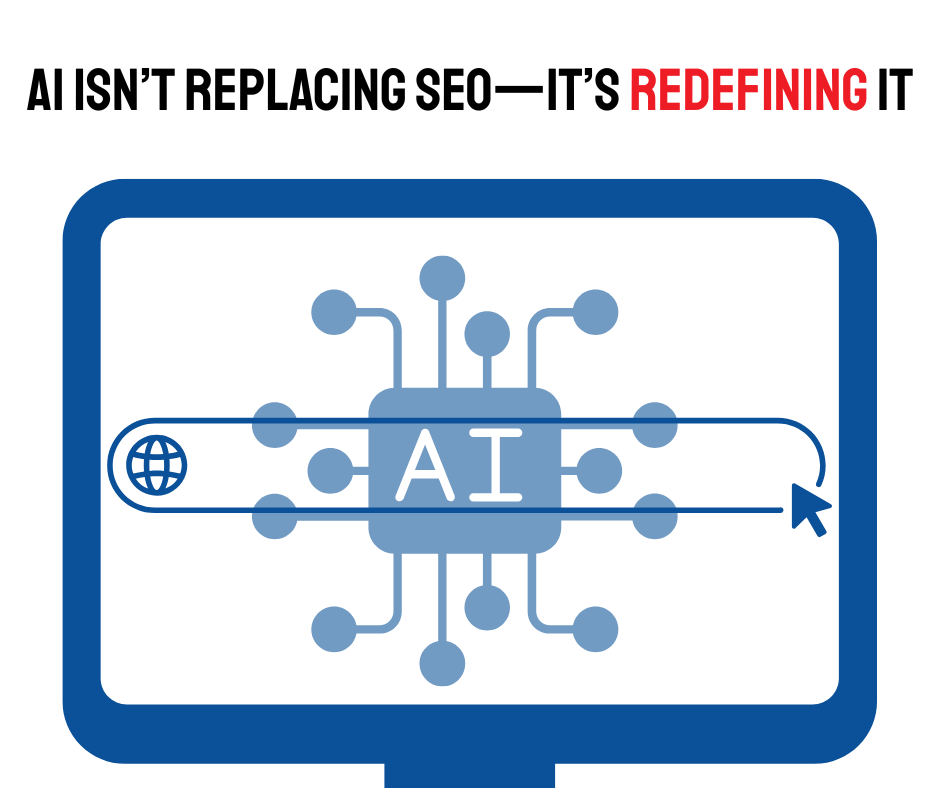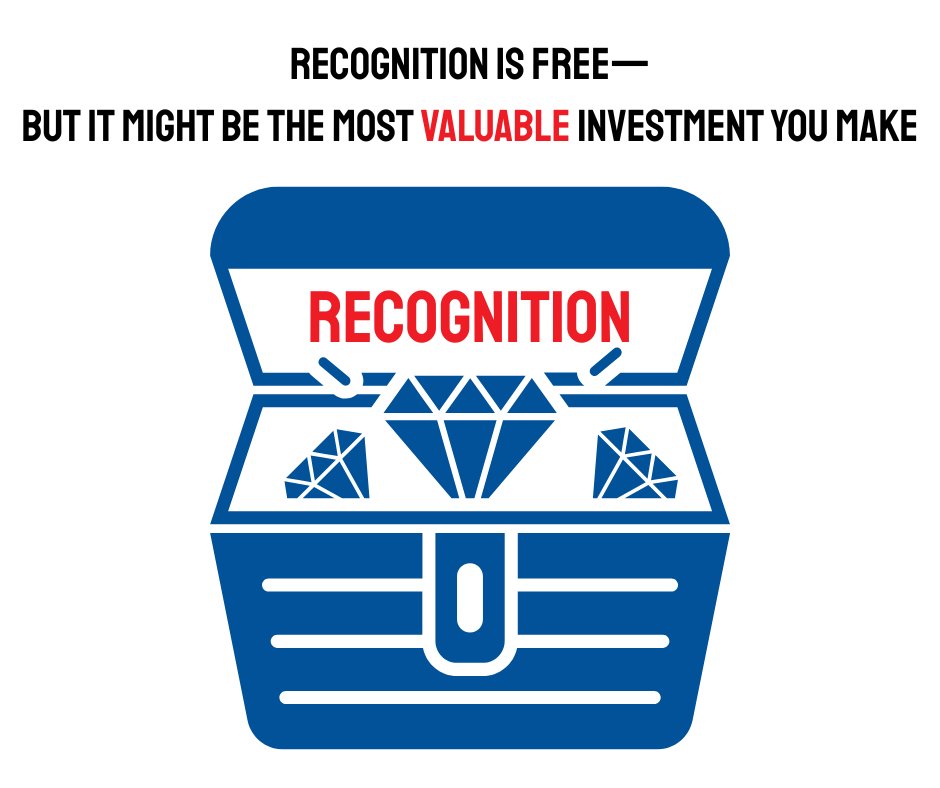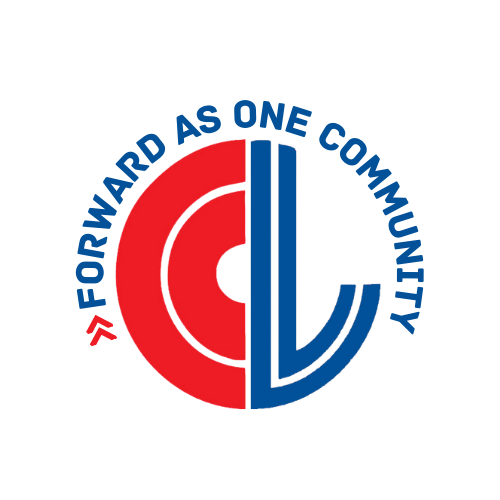518 Shawnee St. Leavenworth, KS 66048
Give These Marketing Strategies a Try in 2025
The new year is the perfect time for beginnings and setting goals. It also makes for good marketing campaigns and changes to your business. There are so many things you can do to provide value for customers and potential customers. If you don’t use this time to try something new, you're leaving money on the table.
This article contains some excellent business tactics to try for the new year. However, they may not all fit your business. When reviewing this list, keep your target audience in mind and ask yourself, will this provide value for them?
If you don’t have a target audience defined, that should be your first step. After all, if you don’t know who you’re talking to, how do you know if you’re providing value to them?
Marketing and Promotional Ideas
The new year is a time for resolutions. Play off that and run campaigns that are either in support of people’s common New Years resolutions or having a little fun with them. For instance, a donut shop can play around with the common resolution of losing weight—"We’ll be here when you’re done with this New Year’s resolution thing” or “We’re hard at work creating a calorie-free donut. Sign up for our newsletter to find out when it’s coming out.” If you’re taking a jab at resolutions, make your campaigns funny. People might just share them.
Additional marketing ideas include:
· Run a sale on items or services that tie into popular New Year's resolutions.
· Design a New Year's social media contests like “Share your ‘New You’ pics to win.”
· Share your expertise in areas involving common New Year’s resolutions.
Content and Communication Strategies
In 2025, every business needs an email list. It doesn’t matter how many followers you have on social; the platform could shut down tomorrow and you have no way of contacting your fans. If you have their emails, on the other hand, you can always reach them—even when they’re on a social media “break.”
The new year is the perfect time to embrace digital marketing strategies and finally follow through on taking that next step. Also, embrace the technology that can make digital marketing easier like a good email scheduler, AI, a CRM, and design software to create visually appealing content. Some tools can do several of these things for you in one solution. Use them to:
· Write a compelling New Year's newsletter with valuable content
· Draft a blog, video, or podcast series focused on helping customers achieve their goals
· Leverage SMS marketing, which has a remarkable 98% open rate
· Create a challenge that will help educate your customers or interest them in your products/services
Business Development
When was the last time you changed something up in your business? While you don’t want to change just for change’s sake, trying something you’ve been putting off can gain a lot of support this time of year. People expect to see “new” at the new year.
Keep your audience abreast of the changes you’re making. These types of announcements can be exciting. They will enjoy watching your dreams come to fruition and seeing how many people want to start their own businesses, giving them a behind-the-scenes look at what you’re doing can help you amass a following. There’s a big business trend in teaching/coaching after becoming a success. Teaching as a service has become a lucrative offshoot for many businesses.
Technology and Growth
We touched upon this earlier but embracing emerging technology can help streamline your operations and daily tasks to give you more time to do the things that can’t be automated. Make the following a priority this year:
· Integrate AI tools to enhance marketing strategies
· Explore automation technologies
· Utilize predictive analytics to anticipate market trends
Customer Engagement
It’s time to also prioritize relationship building. People buy from those they know, like, and trust. If they can’t remember your name, they aren’t able to buy from you.
Building relationships takes time and you must give (a lot) to get. Here are a few ideas to help you start the new year off right by building those connections:
· Share your business's (or your personal) New Year's resolutions. These types of things can help people connect to you.
· Thank loyal customers. Showing appreciation makes your current customers feel good and leaves an impression on future customers.
· Listen on social media and respond to comments and questions. Insert yourself in conversations in a friendly, helpful way. Don’t barge in like a barker at a circus or auction, “yelling” about what you offer. No one responds to that type of behavior in a social setting.
By implementing these strategies, you can start the year with momentum and create meaningful connections with your ideal audience. After all, “creating more meaningful connections” is probably one of the best business resolutions you can make.
-------
Christina Metcalf is a writer/ghostwriter who believes in the power of story. She works with small businesses, chambers of commerce, and business professionals who want to make an impression and grow a loyal customer/member base. She loves road trips, hates exclamation points, and believes the world would be a better place if we all had our own theme song that played when we entered the room. What would yours be?
_______________________________________
Twitter: @christinagsmith
Facebook: @tellyourstorygetemtalking
LinkedIn: @christinagsmith



Leavenworth-Lansing Chamber of Commerce . All Rights Reserved

